Elderberry red: description, varieties and cultivation
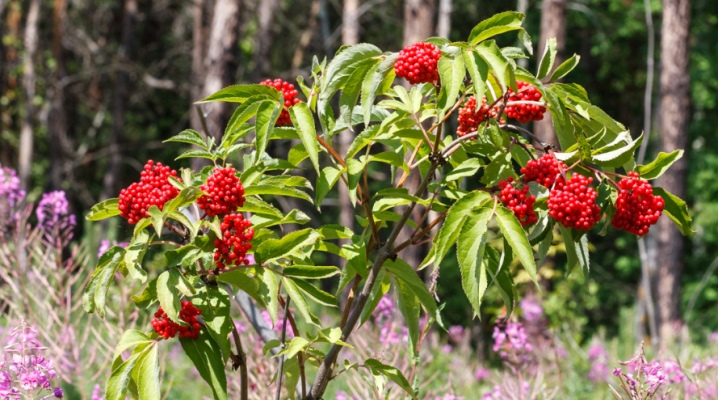
Elderberry is an unpretentious shrub that is often found in the wild. However, some gardeners were able to appreciate the decorativeness of the plant and came up with how it can be used to decorate the territory. Several varieties of culture can be grown on a personal plot. In this article, let's talk about the red elderberry.
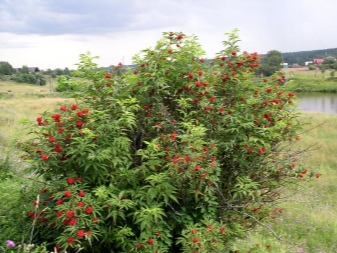
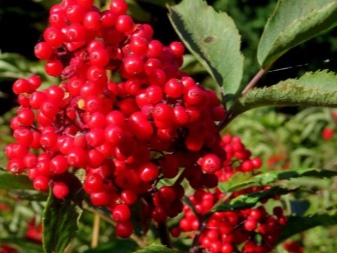
Description
Red elderberry (Sambucus racemosa) has other names, among them - common, cluster and others. The culture is a deciduous woody plant. More often it looks like a highly branched shrub. The average plant height is from 1.5 to 3.5 m. Sometimes there are unique specimens growing up to 4-5 meters. The root of the plant is powerful, large in size and goes deep into the ground.
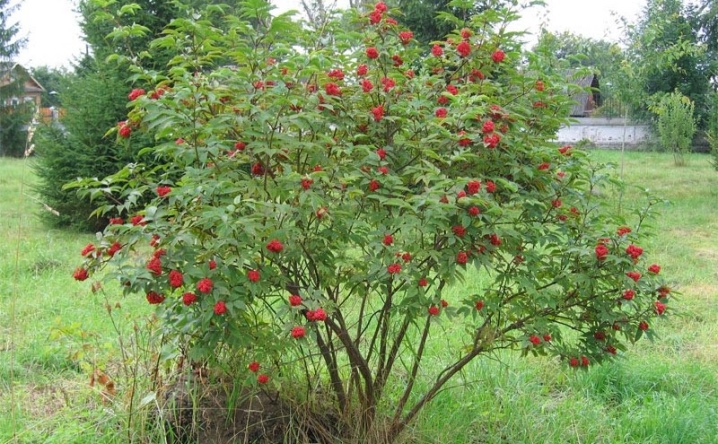
The bark of the culture is brown with a grayish tint. At the beginning of a plant's life, it is smooth. Peeling can be seen in mature specimens. The stems of the shrub are erect.
On each of them, you can see small light bumps.
An inexperienced gardener may mistake this for a disease. However, this is completely normal. The fact is that these places have a loose structure that allows air to pass through. Thus, the plant "breathes".
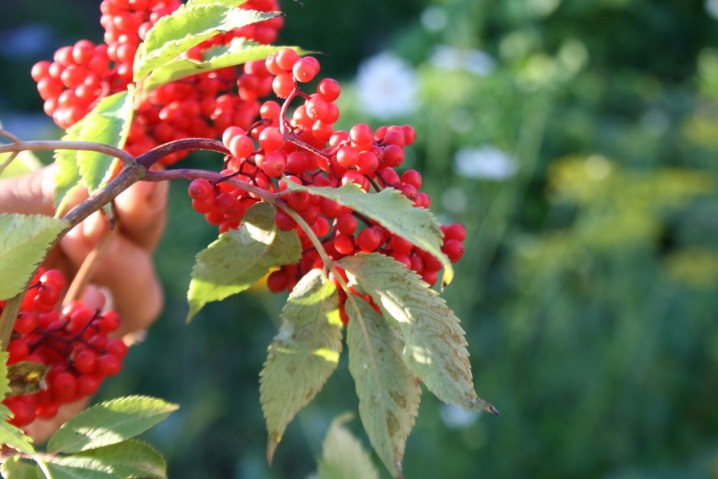
The branches of the culture are rather fragile. This is how it differs from other similar shrubs. The leaves are elongated, resembling an egg. The length of one leaf varies from 5 to 10 cm. The edges of the leaflets are serrated, curly. This enhances the decorative qualities of the plant.
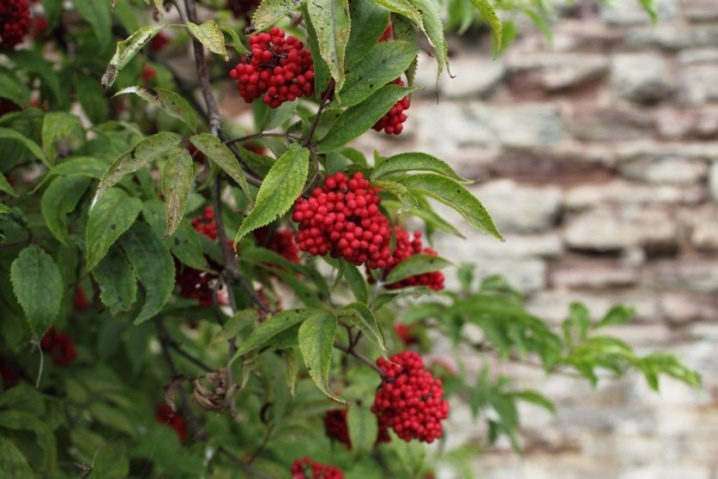
Juvenile leaves often have a reddish purple tone.
This is due to the content of a special pigment anthocyanin. It helps the bush to regain strength after wintering, as it converts sunlight into heat energy. This also helps with sudden spring frosts.

It is worth mentioning the characteristic unpleasant odor emanating from the foliage throughout the life of the bush.
It repels garden pests, so the red elderberry is often planted to protect the site. However, those who appreciate not only the appearance of the plantings, but also their aroma, will not like this moment.

Despite the fact that the culture is of wild origin, it looks beautiful. Flowers are small (only a few millimeters). But at the same time, they gather in beautiful inflorescences, creating an impressive sight. Each flower rests on a peduncle. The petals are usually snow-white. Sometimes they have a slight yellowish tint. Flowering begins in May. Simultaneously with the appearance of flowers, leaves begin to form. The whole process takes about two weeks.
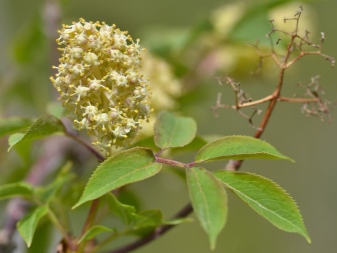

The fruits of the culture are poisonous.
They are scarlet and modest in size. Each berry does not exceed 5 mm in diameter, while they appear on the bush in large quantities. The berries additionally decorate the plant, standing out against the background of the foliage with a bright color.

The berries ripen in late July or August. Like leaves, they smell unpleasant. It is unlikely that an adult would want to eat such a fruit. But as far as children are concerned, many of them are interested in tasting everything that catches their eye. To eliminate the risk of poisoning a small organism, you should choose a place to place the shrub that will be inaccessible to kids.

The fruits should not be eaten either raw or after heat treatment.
Cooking compotes and jelly from them is not worth it. Sometimes the berries, like the flowers of this culture, are used internally for medicinal purposes. However, this is another matter that requires careful study and great care.
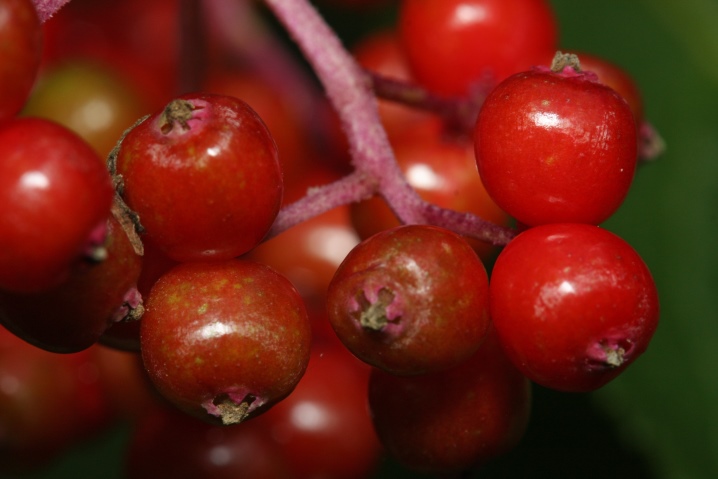
Spreading
This elderberry variety can be found in many parts of the world. It grows in the USA, Canada, China, Japan. But for the most part, such shrubs grow in Russia - they appear in almost all regions. Only in the Far East and Siberia, this variety is supplanted by another, which has the appropriate name - Siberian elder.
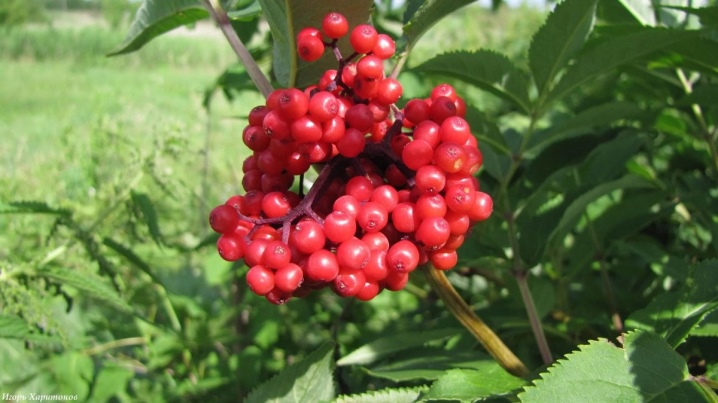
Most often, shrubs grow on forest edges, in ravines, on slopes. Often, red elderberry appears on wastelands. The tree may even grow on the roof of a building. Wild birds carry seeds, so the culture multiplies chaotically, in a natural way.

Plant cultivation is also ubiquitous. Elderberry bushes are sometimes planted in public parks. You can also see them in private areas.
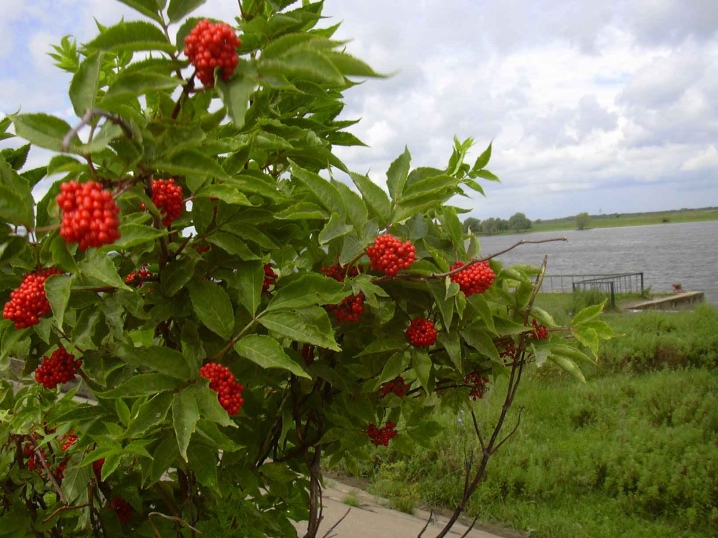
Varietal variety
There are different varieties of culture. Consider the features of the most famous.
- "Plumosa aurea". This variety stands out for its beautiful curly leaves of a golden tone. The flowers are yellowish. The plant develops and grows quickly. An adult shrub can reach 2 meters in height. The culture of this variety prefers a light shade. In absolute shade, the foliage turns green. This should be taken into account when planting if the color of the foliage is a key point in the landscape composition being created.
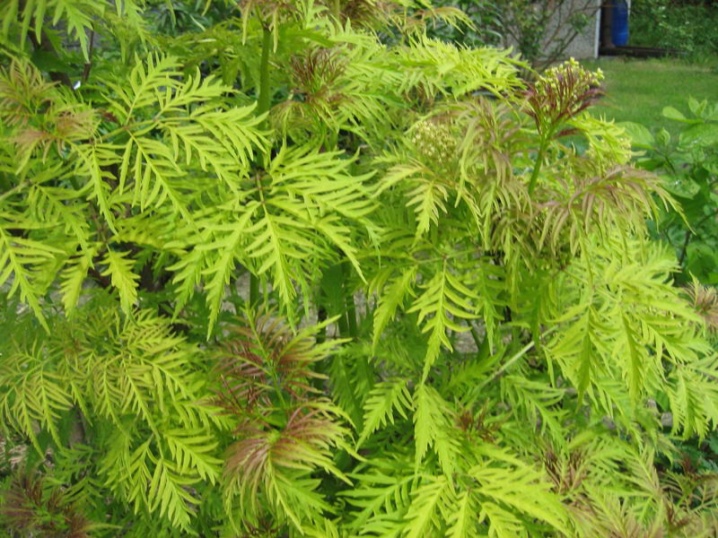
- Sutherland Gold. As the name suggests, this variety also has golden foliage. It grows equally well in shade and in the sun. Like the previous variety, this one is usually planted next to crops that have a dark green crown to create a dramatic contrast.
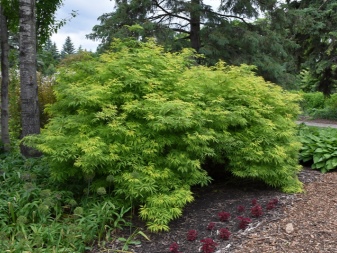
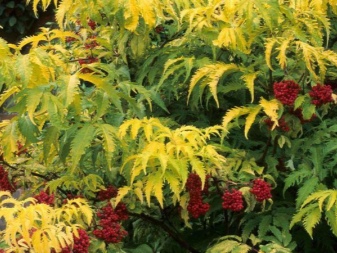
- "Thin-leaved". The elder of this variety has an average height (about 1 m). The leaves are characterized by a green tone and a dissected shape, which is why they resemble a fern. The shrub develops well both in the shade and in the sun. The variety is characterized by an openwork crown. Gaps in the foliage create a light shadow. This means that light-loving plants can be safely planted next to such an elderberry. Culture will not interfere with them.

How to plant?
First of all, you need to choose a suitable place. You can plant a bush in an open area in the sun. You can also choose partial shade. But you should not plant an elder in full shade. The lack of light will negatively affect the decorative effect of the bush. The number of flowers and fruits will decrease, the plant will be expressionless.
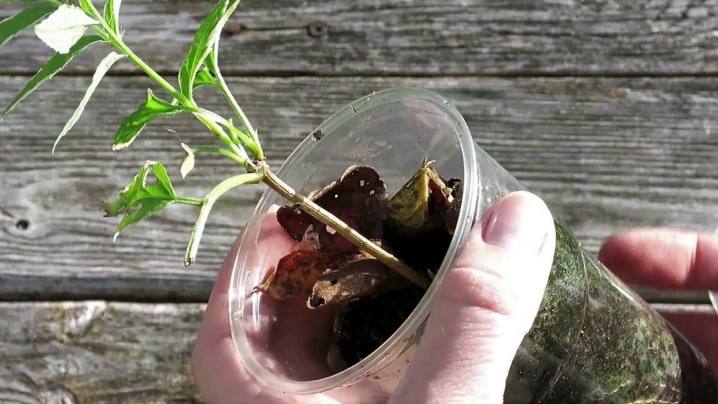
In terms of soil, the culture is not very demanding here.
It can grow even in poor soil. But still, if possible, it is better to provide the bush with a site rich in humus. It is great if the soil is light, with neutral acidity. Good drainage is encouraged, but moisture should not quickly leave the soil. Therefore, a site with a predominance of sand will not suit the culture. If the acidity is increased, the situation can be corrected by adding lime or dolomite flour. Areas with a predominance of clay are diluted with compost and sand.
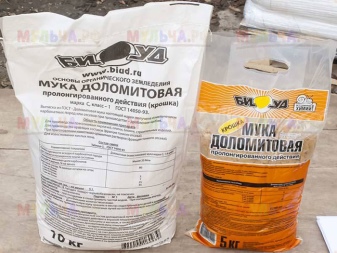
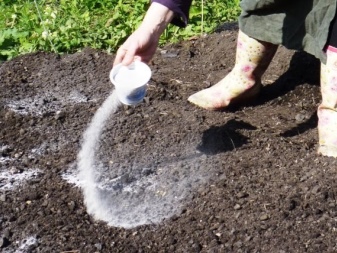
For planting, seedlings that have reached the age of 1-2 years are suitable.
The procedure is carried out in spring or autumn. It is desirable for the weather to be warm and dry. The planting hole should have a size corresponding to the dimensions of the root system of a young plant. Usually it is about 50 cm. Humus, fertilizers with a high content of potassium and phosphorus are placed in the hole. All this is mixed with fertile soil. Then the seedling is carefully placed. Deepening occurs up to the root collar.
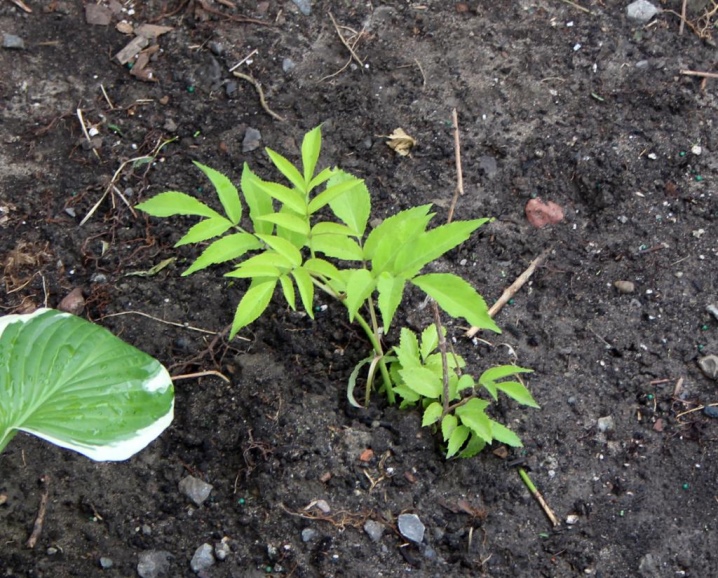
Culture does not need a garter. After planting, you just need to make good watering. And also at first it is worth carefully monitoring the condition of the soil, preventing it from drying out.
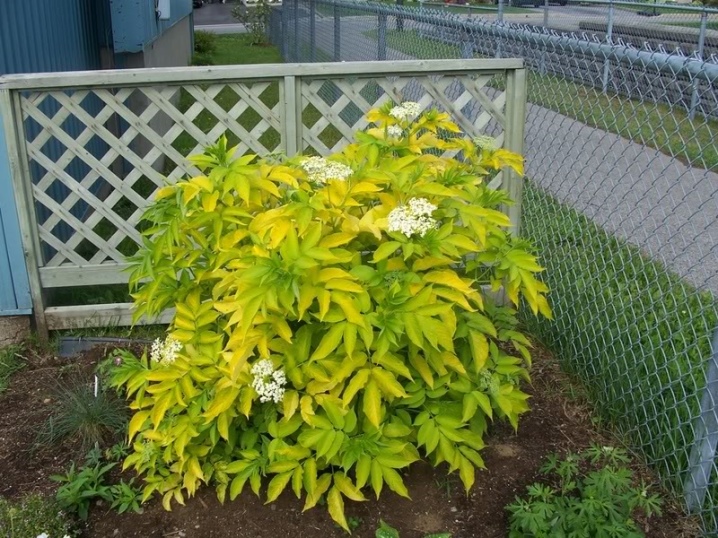
Correct care
Elderberry is unpretentious, and caring for it is simple.
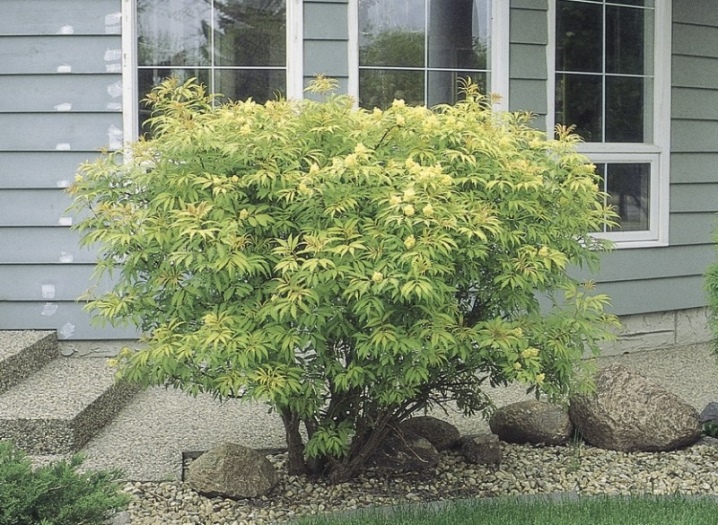
Watering
The optimal watering for the crop is moderate. Some varieties can tolerate increased humidity. They even grow in areas with surface water tables. However, stagnant water at the root system is still undesirable. Lack of moisture, however, is also not welcome.
On hot summer days, the bushes need to be watered, otherwise the foliage will begin to droop. Young specimens also need regular irrigation.
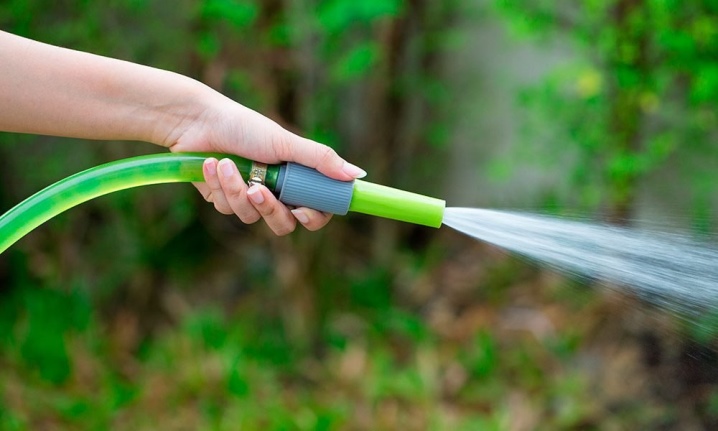
Top dressing
Fertilization is an important nuance in elderberry cultivation. They do it in the spring. As a rule, the soil is enriched with organic matter.
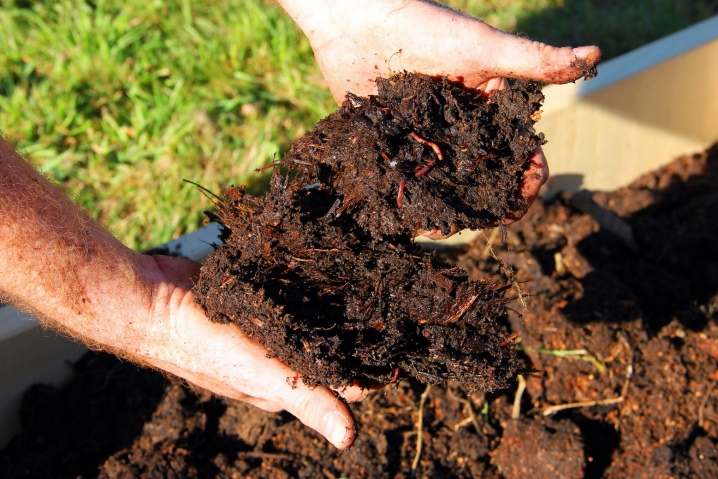
Pruning
The culture is developing rapidly. Therefore, in a short time, it can form a large number of shoots. To improve the appearance of the bush, to help it renew itself, you need to prune the branches. They do this at the end of autumn. In the spring, shoots that have frozen over during the wintering period are also removed.
If the plant is severely damaged by the cold, it is recommended to prune it at the root. Otherwise, a fungal infection may develop on the culture.

After spring pruning, the bush, for prevention purposes, is treated with Bordeaux liquid. This protects the elderberry from diseases and pests. After flowering, they are sprayed with preparations that protect against powdery mildew. After the autumn procedure, the soil around the bush is dug up and then thoroughly watered.
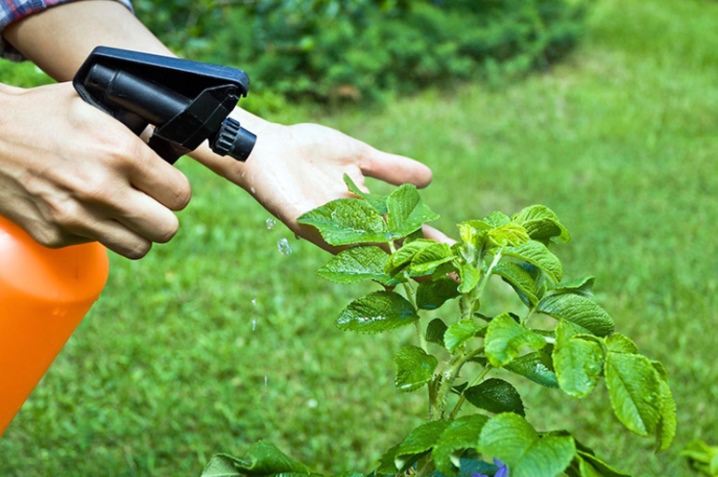
Reproduction methods
There are two ways to propagate a culture.
Seed method
This method does not guarantee the safety of varietal characteristics. However, you can easily get a healthy bush. The seeds are harvested in the fall. This is usually done in October. Sowing is carried out on the selected site. The main thing is to keep the distance between the rows at least 25 cm. The seeds are buried by 3 cm.
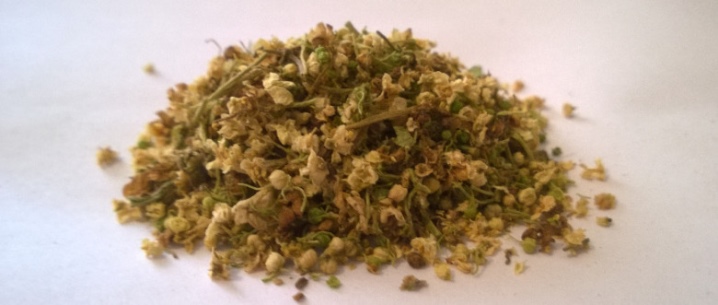
Cuttings
Cuttings are taken from plants that have reached one year of age. Green shoots are great for planting. Each stalk should have a length of 10 to 20 cm. 2-3 internodes are required. The cut is made with a sharp knife or garden pruner.
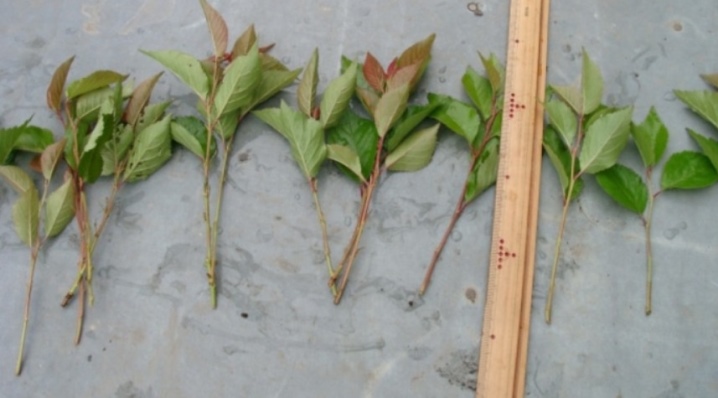
Planting material is placed in a greenhouse or covered with foil to create a greenhouse effect. In this case, there should be at least 25 cm of free space above the planted cutting. And also a good solution would be to make small holes in the material for ventilation. The soil is enriched with a sandy-peat composition. In doing so, it is important to maintain a constant humidity level. It is convenient to use a spray for this.
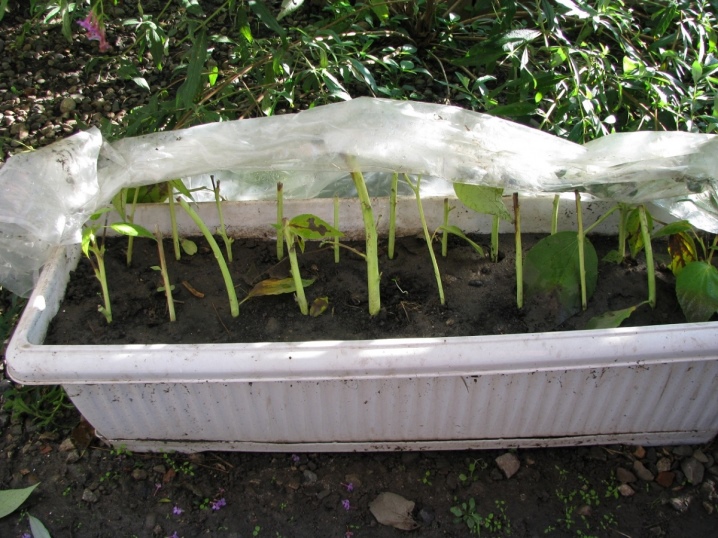
It is possible to take woody shoots of two or three years of age for planting. In this case, they need to be placed in a cold place for the winter. In the spring, cuttings are planted. The soil must be fertilized and loosened. It should be borne in mind that such planting material takes root worse than young and green ones.
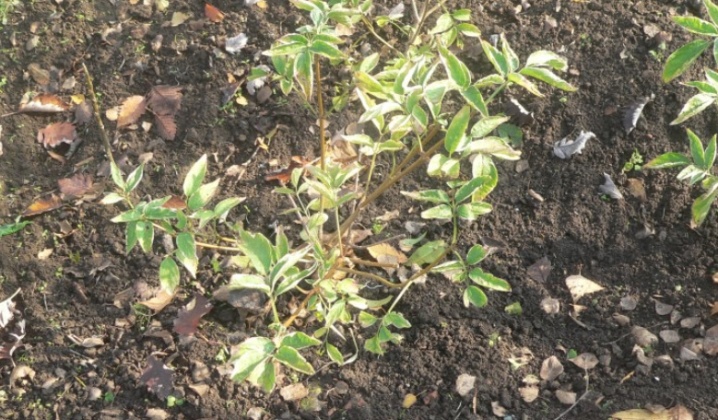
Diseases and pests
Red elderberry is a plant with excellent immunity. It gets sick very rarely, especially if you do not neglect preventive measures. However, if the grower noticed brown spots on the leaves, it could be a fungal disease. You can help the culture by spraying with fungicides.
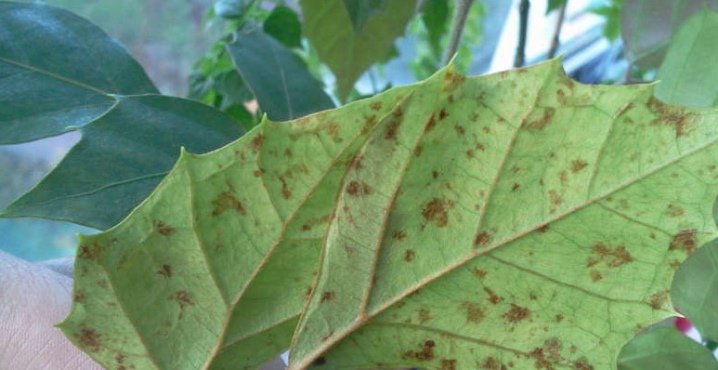
And also pests, which rarely, but can still attack the plant, affect the development of the shrub. Aphids and ticks can be uninvited guests. The presence of pests can be detected by folding the leaves. In this case, treatment of the bush with an infusion obtained from onion husks and bitter red pepper can be effective. To prevent trouble, in spring the plant can be treated with karbofos. Scare away insects and garlic infusion.

Use in landscape design
Red elderberry looks great both as a single decoration of the site, and as part of a floral arrangement. Sometimes it is combined with the black variety. You can plant the plant next to low ornamental trees, as well as combine it with other bush crops. If you plant several bushes in a row, you get a great green hedge.
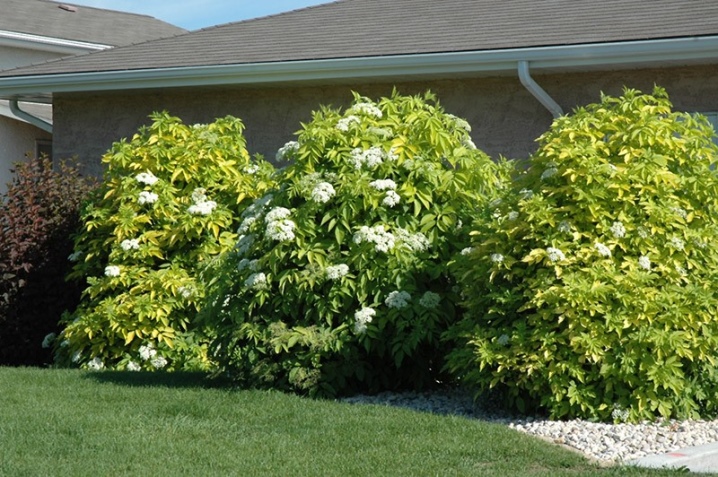
As mentioned earlier, varieties with golden carved foliage look impressive against the background of green grass. You can plant such a shrub in the center of the lawn. Surrounding the culture with various non-flowering plants would also be a good solution. In this case, it is better to choose perennials so that the resulting composition is preserved for more than one season.
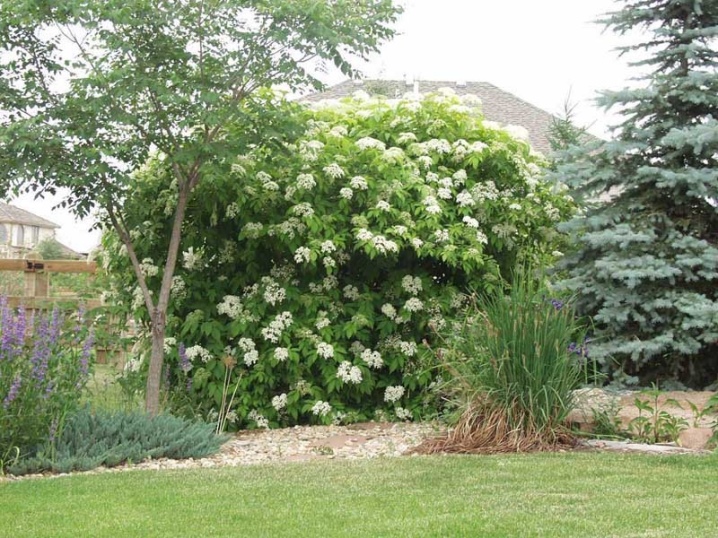
Low-growing varieties are successfully used as elements of rockeries and rock gardens.
If there is an artificial pond on the site, you can place shrubbery next to it. Since the culture has a powerful root system, it is often used to strengthen the slopes. In this case, the plant performs both decorative and practical functions.
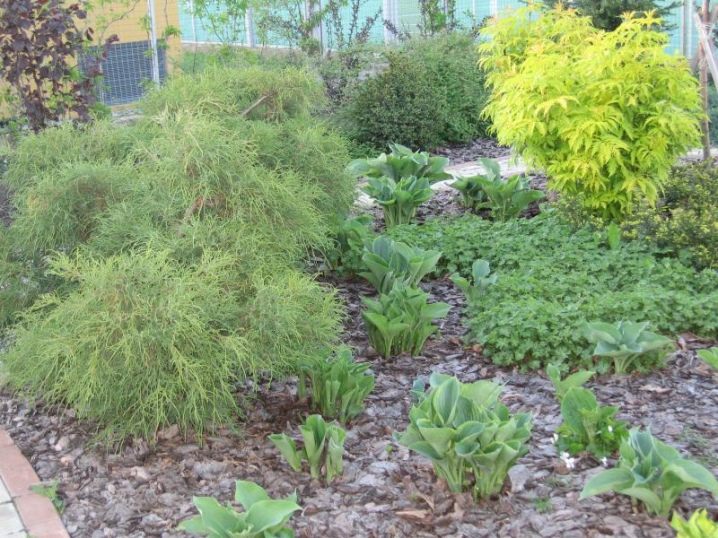
In the next video, you will learn about the beneficial properties of elderberry and its uses.































































The comment was sent successfully.